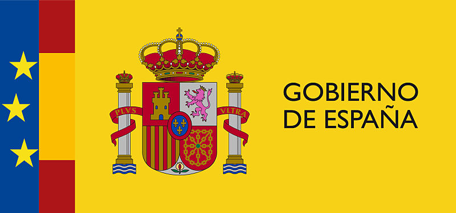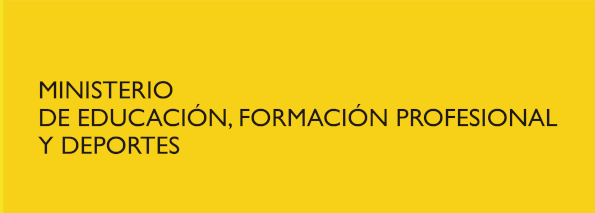FRN Ball – Fronton
This regulation applies to the practice of pelotafronton, which are carried out in whole or in part with the funds of the Higher Council of Sports and where competitions of the Royal Spanish Federation of Ball are to be held in their racing modalities. It is up to the Federation to approve each installation for the organisation of official ball competitions. This document has been elaborated with the aim of normalizing the regulatory aspects of any useful installation for the practice of this sport, for which the current regulations of the Royal Spanish Federation of Ball have been taken into account. The sport of Ball takes place in the sports facilities called Fronton, Trinquete and Plaza. New construction fronts must comply with the technical characteristics indicated below.


